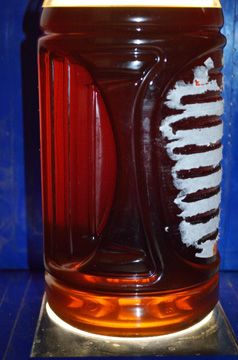hı Jetijs
hı Jetijs
ı made that machine in your message and ı produced the fuel but that is very flameable.The diesel is not very flameable.Our producte is neither gasoline nor diesel. Thats density is 0,75 gr/cm3. That is very explosive and very oiled. so if ı use that in gasoline engine ,that make oiled the spark plug. and if ı use that in diesel engine ,that make explotion. What will ı make the fuel to refine. how ı obtain the diesel fuel?
hı Jetijs
ı made that machine in your message and ı produced the fuel but that is very flameable.The diesel is not very flameable.Our producte is neither gasoline nor diesel. Thats density is 0,75 gr/cm3. That is very explosive and very oiled. so if ı use that in gasoline engine ,that make oiled the spark plug. and if ı use that in diesel engine ,that make explotion. What will ı make the fuel to refine. how ı obtain the diesel fuel?
 so how do we get over this little problem,
so how do we get over this little problem,

 so what i have done is started to build a small set up and start from there if that works i will build a bigger one, i want to make three types of fuel diesel petrol kerosene
so what i have done is started to build a small set up and start from there if that works i will build a bigger one, i want to make three types of fuel diesel petrol kerosene
Comment